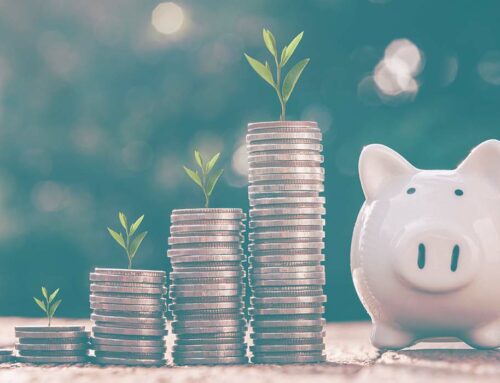July 2024 – Market Update
June saw more progress on inflation.
The Consumer Price Index (CPI) declined by 0.1% month-over-month for the first time since the pandemic began1. The drop was driven by reduced costs for gas and electricity, leading to lower energy prices1. Also, shelter prices had their smallest rise in three years1, offering hope for the stickiest component of CPI. Over the last year, CPI rose by 3%, while used car prices fell by 10.1%1. Core CPI, which excludes food and energy, rose by only 0.1% from May, the smallest increase since 20211. In aggregate, the latest inflation report provided confidence for the Federal Reserve to consider cutting interest rates, potentially starting in September1.
The labor market continued its gradual slowdown in June, with payrolls increasing by a modest 206K2. June’s hiring pace, which signified the slowest average employment growth over the last three months since early 2021, was further underscored by a downward revision of April and May’s job growth by 111K2. However, more people are entering the workforce as well, ticking the unemployment rate up to 4.1%, the highest since November 20212. Also, income growth eased to 3.9% year-over-year, the smallest annual increase in three years, possibly alleviating some inflationary pressures2.

Across the business landscape, the US ISM Services PMI fell into contraction in June, signaling a possible retreat or slowdown in economic growth as consumers scaled back on non-essential services3. Despite the onset of the summer travel season, spending on leisure activities declined, shifting towards essential expenditures like healthcare3. Additionally, businesses are being more conservative by strategically reducing inventories in anticipation of continued sluggish demand3. This year has marked the second instance of the ISM Services Index falling into contractionary territory3, a rare occurrence in its 28-year history, highlighting the challenges in the economy’s recovery post-pandemic.
The Bottom Line: All eyes remain on inflation and employment data, as investors look for signs of when officials will feel confident enough to reduce borrowing costs. In a recent interview, Jerome Powell acknowledged that the second-quarter inflation readings add confidence that inflation is sustainably heading toward 2%. Despite this, Federal Reserve officials are concentrating on reducing it further without triggering a spike in unemployment or a recession. While recent data has been favorable for investors anticipating rate cuts, the upcoming consumer expenditures and GDP reports will be crucial in determining the likelihood of a September rate cut or whether investors might need to wait a bit longer.
1 Source: Bureau of Labor Statistics
2 Source: Bureau of Labor Statistics
3 Source: Institute of Supply Management





